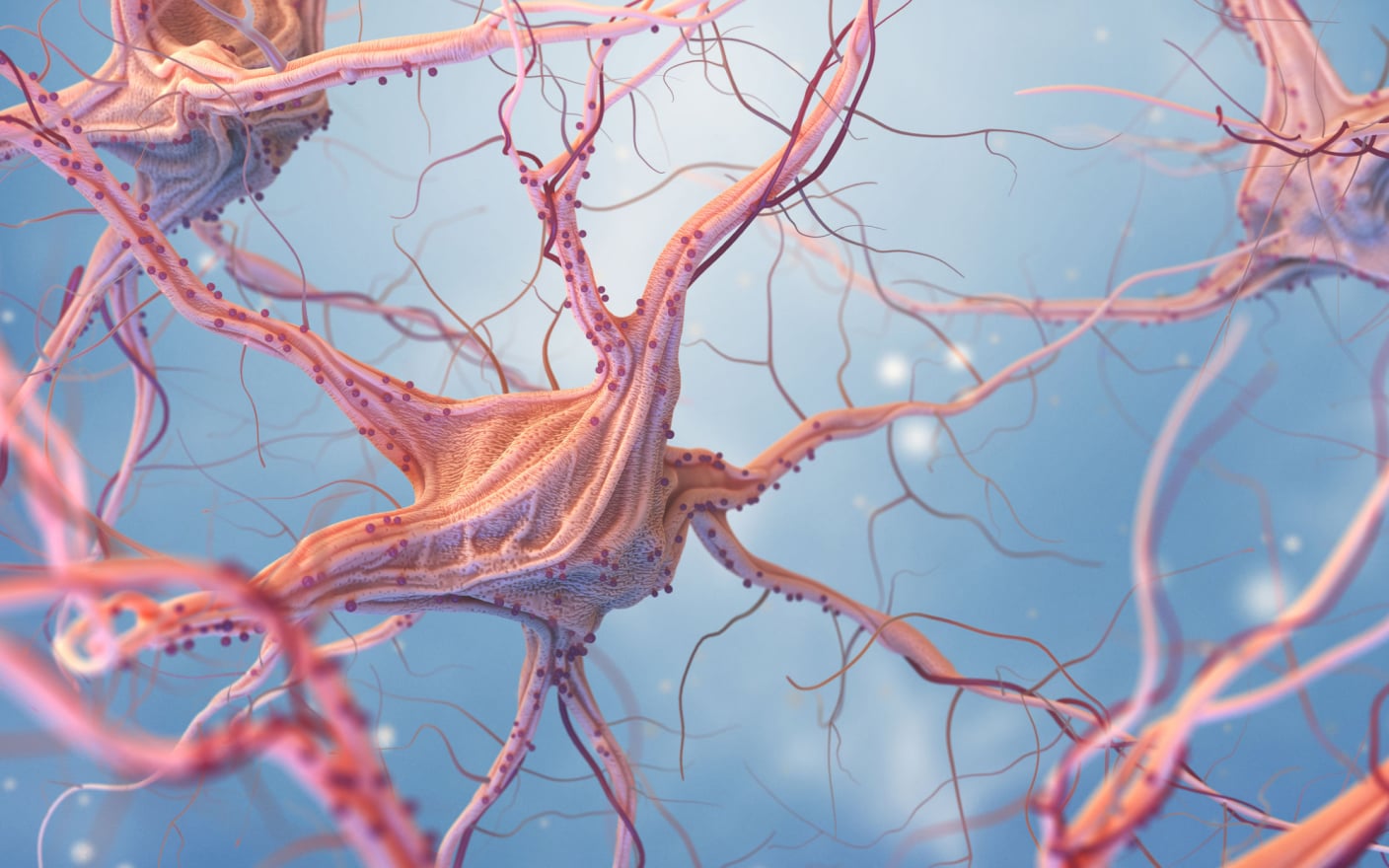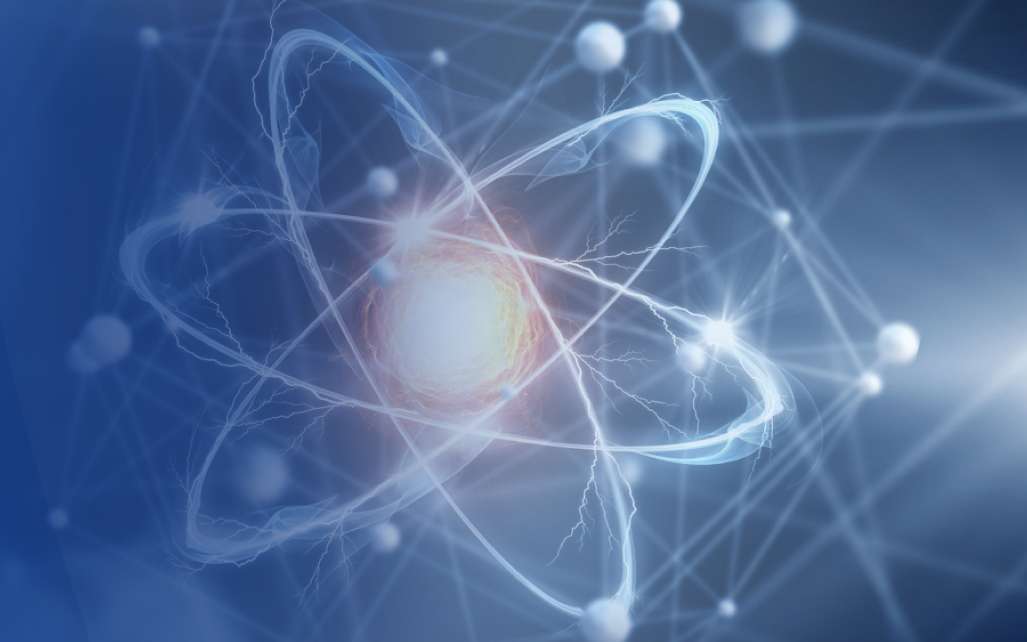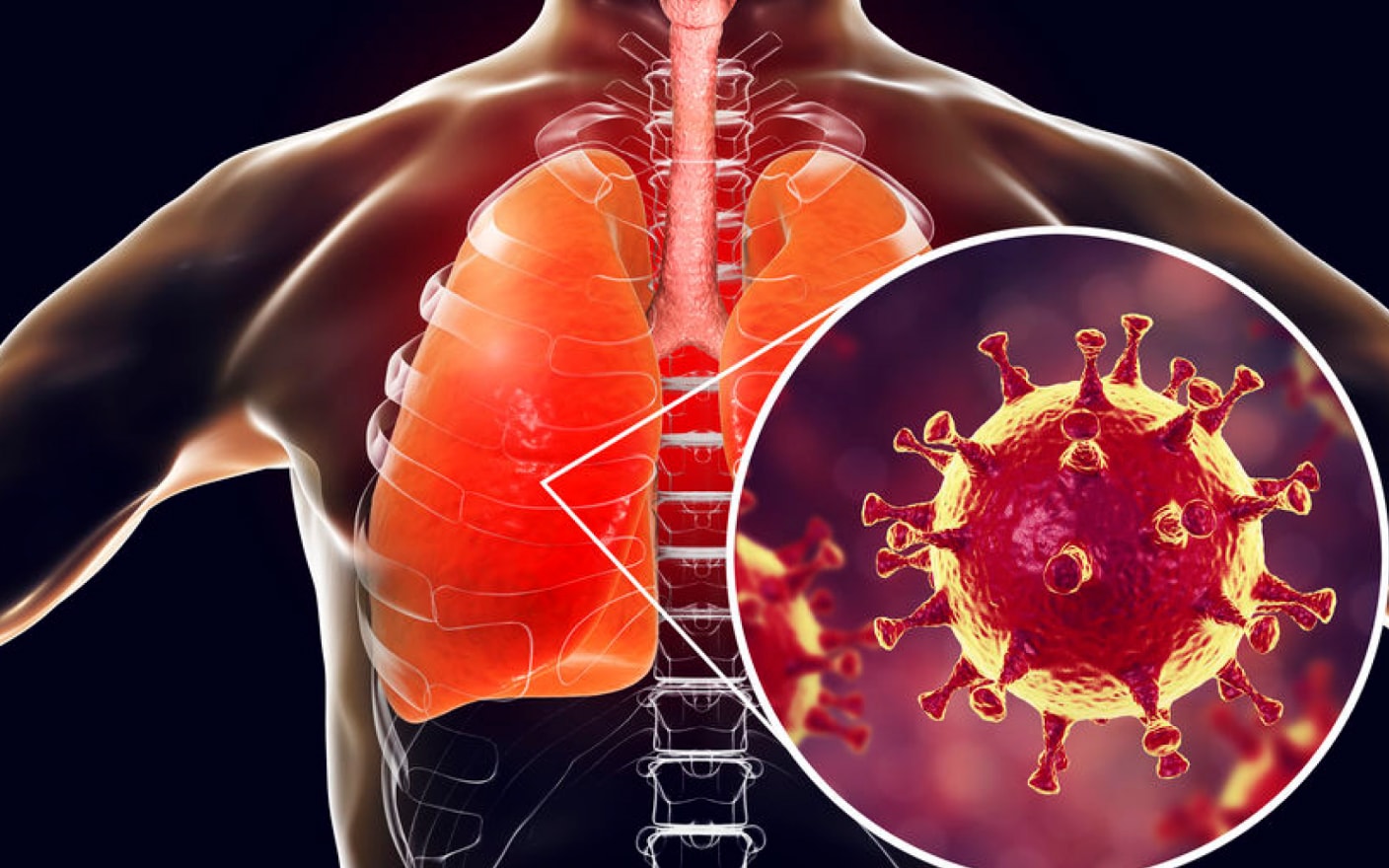Radiolabeling plays a key role in drug development and research. It involves replacing atoms in drug molecules with isotopes, like using carbon-14 instead of carbon-12. This technique acts as a radioactive tracer, allowing researchers to track how a drug is absorbed, distributed, metabolized, and eliminated in the body (Figure 1) [1], and will not interfere with the normal pharmacokinetic characteristics of the compound. Radiolabeling offers high sensitivity, specificity, simple detection, and broad applications. The most commonly used radiolabeled isotopes in drug molecules are carbon-14 and hydrogen-3 (tritium).

Figure 1. Application of carbon-14 radiolabeled compound tracer technology
Carbon and hydrogen are present in most drug molecules, and the half-lives of carbon-14 and hydrogen-3 are about 5730 years and 12.35 years, respectively, which means the data from experiments using these isotopes do not require physical calibration. Due to its greater storage stability compared to hydrogen-3, carbon-14 is often the preferred radiolabeled isotope. This article will focus on the characteristics and strategies for carbon-14 labeled compound synthesis, along with key considerations for radiolabeling in pharmacokinetic studies for small molecules and new modalities.
Introduction and characteristics of carbon-14 labeled synthesis
The nucleus of carbon-14 is composed of 6 protons and 8 neutrons, and while β decay releases low-energy β rays, a carbon-14 atom transforms into a nitrogen-14 atom with an average radiation energy of 56 keV, and the maximum penetration distance is about 20 cm in air, and the penetration distance is only about 170 microns in glass [2]. Radioactivity is usually used to describe the decay number of radionuclides in a specific energy state per unit of time. The standard unit for measuring radioactivity is the becquerel (Bq), while other common units include Curie (Ci) and millicurie (mCi). Specific activity refers to the ratio of the radioactivity of a radioactive substance to its mass, and the SI unit is Bq/mol, and the commonly used unit is megabeccoq/millimol(MBq/mmol), millicurie/millimole (mCi/mmol), etc. A carbon-14 fully labeled compound has a specific activity of 62.4 mCi/mmol. Due to the ubiquity of carbon-12 in the environment, the purity of carbon-14 in labeled raw materials is generally 80-90%, the specific activity of radioactivity is between 50~60 mCi/mmol, and the specific activity of the final product of carbon-14 synthesis is slightly lower, usually between 40~50 mCi/mmol.
Since the advent of nuclear reactors in the 1940s, industry has begun to label and apply carbon-14 compounds. Several factors should be considered to determine if a compound can be labeled with carbon-14:
-
Can the compound be chemically synthesized?
-
The requirements of radioactive specific activity and radiochemical purity of the final product, if you need radiolabeled compounds with high specific activity, multi-carbon-14 labeling or hydrogen-3 labeling can be considered.
-
Stability and safety of compounds in the synthesis process.
Strategies for the synthesis of carbon-14 labeled compounds
When selecting the labeling site for carbon-14 compounds, consider the following points:
-
Make sure that the marker site is in the main structural fragment.
-
The labeling site should be distant from areas of chemical instability or metabolic sites.
-
Choose sites that require fewer synthesis steps to minimize radioactive waste, high costs, and low yields.
-
Marking synthetic routes is suitable for radioactive radiation safety management, etc.
We have accumulated rich experience, after years of research and development and exploration, more than 200 synthesis methods of carbon-14-derived intermediates have been stored and successfully applied to the label synthesis of carbon-14 compounds to improve the success rate and yield.
Below are descriptions of commonly used derived intermediates and their labeling synthesis strategies:
Carbon-14 barium carbonate-derived intermediate
[14C] barium carbonate is the initial carbon-14 raw material in radioactive organic synthesis, which can be converted into four commonly used isotope building blocks, namely [14C] carbon dioxide, [14C] potassium cyanide, [14C] acetylene, and [14C] barium cyanamide (BaN14CN). [2]. These feedstocks are versatile for synthesizing various complex intermediates (Figure 2).

Figure 2. Carbon-14 barium carbonate is an intermediate derived from the synthesis of raw materials
The solid raw material [14C] barium carbonate serves as a storage form for [14C] carbon dioxide gas. By reacting it with concentrated sulfuric acid, carbon-14 carbon dioxide gas can be produced, which can then be converted into various carbon-14 labeled intermediates, including [14C] carboxylic acid, [14C] methanol, and [14C] formaldehyde. These intermediates can further yield final compounds such as [14C] iodomethane, [14C] acetonitrile, [14C] halogenated acetic acid (ester), [14C] cyanoacetic acid (ester), [14C]-β-keto acid (ester), [14C] malonic acid (ester), and [14C] urea (Figure 3). These intermediates cater to the needs of most small-molecule compounds, facilitating rapid drug development.

Figure 3. Carbon-14 labeled intermediates derived from carbon-14 barium carbonate
Carbon-14 potassium cyanide-derived intermediates
Using [14C] potassium cyanide as the starting material, carbon-14 labeled intermediates such as zinc cyanide, cuprous cyanide, cyanobromide, formic acid, thiocyanate, cyanoalkanes, and aromatics can be synthesized, and then the final products can be obtained by multi-step chemical reactions from these intermediates. According to the literature, compound BI665915 is a new type of selective 5-lipoxygenase activating protein (FLAP) inhibitor, and the labeling of 1,2,4-oxadiazole ring is an ideal choice based on the compound's structural characteristics and synthesis challenges. Specifically, the carboxylic acid should be labeled at position 4 of the pyrazole in compound 5 (Figure 4). Carboxylic acids can be labeled from raw [14C] barium carbonate. However, due to its low conversion rate and the large amount of radioactive waste, a better option is to use [14C] KCN as the starting material to improve the conversion rate and reduce costs [3].
![Synthesis route of [14C] BI665915 Synthesis route of [14C] BI665915](https://wuxiapptec-dmpkcatalog-prod.oss-cn-shanghai.aliyuncs.com/Public/Uploads/ueditor/upload/image/20250121/1737438826626185.jpg)
* 14C labeling position.
Figure 4. Synthesis route of [14C] BI665915
Carbon-14 labeled synthesis of chiral amino acids and alkaloids
WuXi AppTec DMPK specializes in synthesizing carbon-14 labeled chiral amino acids and alkaloids. This includes carbon-14 labeled glycine, L-alanine, L-valine, L-tyrosine, L-phenylalanine, L-arginine, uracil, cytosine, thymine, adenine, and guanine (Figure 5). These commonly used carbon-14-labeled chiral amino acids and alkaloids and their derivatives are key intermediates for labeling new molecular entity compounds such as peptides and oligonucleotides.
The main challenges of labeling peptide compounds are:(1) the labeling and synthesis of various chiral amino acids (natural and unnatural) and chiral control in amino acid synthesis; (2) Peptides have large molecular weight, necessitating the introduction of multiple carbon-14 atoms to achieve the required radioactive specific activity for pharmacokinetic detection. Peptides containing innovative structural groups need to be studied in clinical mass balance studies (see Decoding DMPK Profiles of 37 FDA-Approved Peptides: Insights and Radiolabeling Considerations). The presence of hydrogen-3 hydrotritium exchange is unsuitable for clinical studies, making carbon-14 the recommended choice for radioisotope labeling of peptide compounds.
By utilizing multiple carbon-14 labeled intermediates, we successfully labeled various peptide compounds using Solid Phase Peptide Synthesis (SPPS) technology. The specific activity was greater than 200mCi/mmol, which is suitable for the pharmacokinetic study of peptide compounds and peptide drug conjugates with large molecular weights and low dosages.

Figure 5. Partially carbon-14 labeled chiral amino acids and alkaloids
Carbon-14 labeled synthesis of XDCs
Among the drug conjugates, the challenge of antibody-drug conjugate (ADC) labeling synthesis lies in their complex structures, large molecular weights, and low dosages. Therefore, the radioisotopes labeled on the payload and/or linker must have sufficiently high specific radioactivity to enhance the detection limits for total radioactivity in samples. Overall, hydrogen-3 or carbon-14 with multiple site markers is a more suitable choice. Figure 6 illustrates the combination of the characteristics of the ADC drug molecule and our experience in labeling and synthesis, introducing multiple carbon-14 to the payload molecule, and further using specific linkers to link the antibody to the carbon-14 labeled payload to meet the pharmacokinetic detection needs.

* 14C labeling position.
Figure 6. Carbon-14 labeled synthesis of antibody-drug conjugates (ADCs)
With the continuous advancement of technology, the boundaries of bioconjugates are constantly expanding, and a variety of new XDC drug conjugates have emerged through continuous iterative innovation of drug conjugates, antibodies, payloads, linkers, and conjugation technologies. Our team also specializes in synthesizing peptide-drug conjugates (PDCs).
Radiolabeled compound synthesis platform in WuXi AppTec DMPK
WuXi AppTec DMPK is equipped with a variety of high-standard laboratory equipment, has more than 10 years of experience in radioisotope synthesis, serves global new drug R&D customers, and has completed the labeling and synthesis of more than 500 radioactive compounds.
Features and benefits:
-
Customized protocol: We offer tailored radiolabeled synthesis protocols. Clients can refer to established process routes and leverage our team's expertise in metabolic stability to design suitable labeling sites. Typically, carbon-14 or hydrogen-3 is introduced into the pharmacodynamic group of the compound and/or areas with lower metabolism risk, while balancing cost and effectiveness.
-
Strategy for new Modalities: An integrated platform for radioactive compounds, including small molecule compounds, PROTAC (proteolysis-targeting chimera), XDC (antibody-drug conjugates and peptide-drug conjugates), and the labeling and synthesis of new molecular solid compounds like peptides. We also offer comprehensive research strategies for preclinical and clinical ADME studies.
-
Whole-process transportation: With extensive experience in the global transportation of radioactive compounds, our logistics system ensures timely and efficient delivery.

Figure 7. Instrumentation platform for radiolabeled compound synthesis
Authors: Hongwen Zhan, Jianglin Wu, Lingling Zhang
Talk to a WuXi AppTec expert today to get the support you need to achieve your drug development goals.
Committed to accelerating drug discovery and development, we offer a full range of discovery screening, preclinical development, clinical drug metabolism, and pharmacokinetic (DMPK) platforms and services. With research facilities in the United States (New Jersey) and China (Shanghai, Suzhou, Nanjing, and Nantong), 1,000+ scientists, and over fifteen years of experience in Investigational New Drug (IND) application, our DMPK team at WuXi AppTec are serving 1,600+ global clients, and have successfully supported 1,500+ IND applications.
Reference
[1] Davide Audisio, Victor Babin, Frédéric Taran. Late-Stage Carbon-14 Labeling and isotope exchange: emerging opportunities and future challenges. JACS Au, 2022, 2: 1234-1251.
[2] Rolf Voges, J. Richard Heys, Thomas Moenius. Preparation of Compounds Labeled with Tritium and Carbon-14 © 2009 John Wiley & Sons.
[3] Bachir Latli, Matt Hrapchak, Joe J. Gao, Carl A. Busacca, et al. A novel five-lipoxygenase activity protein inhibitor labeled with carbon-14 and deuterium. J. Label Compd. Radiopharm 2015, 58: 390–394.
Related Services and Platforms




-

 Radiolabeled In Vivo ADME StudyLearn More
Radiolabeled In Vivo ADME StudyLearn More -

 Radiolabeled MetID (Metabolite Profiling and Identification)Learn More
Radiolabeled MetID (Metabolite Profiling and Identification)Learn More -

 Radiolabeled Non-Clinical In Vivo ADME StudyLearn More
Radiolabeled Non-Clinical In Vivo ADME StudyLearn More -

 Quantitative Whole-body Autoradiography (QWBA)Learn More
Quantitative Whole-body Autoradiography (QWBA)Learn More -

 Human Radiolabeled Mass Balance StudyLearn More
Human Radiolabeled Mass Balance StudyLearn More -

 Radiolabeled Compound SynthesisLearn More
Radiolabeled Compound SynthesisLearn More
Stay Connected
Keep up with the latest news and insights.










